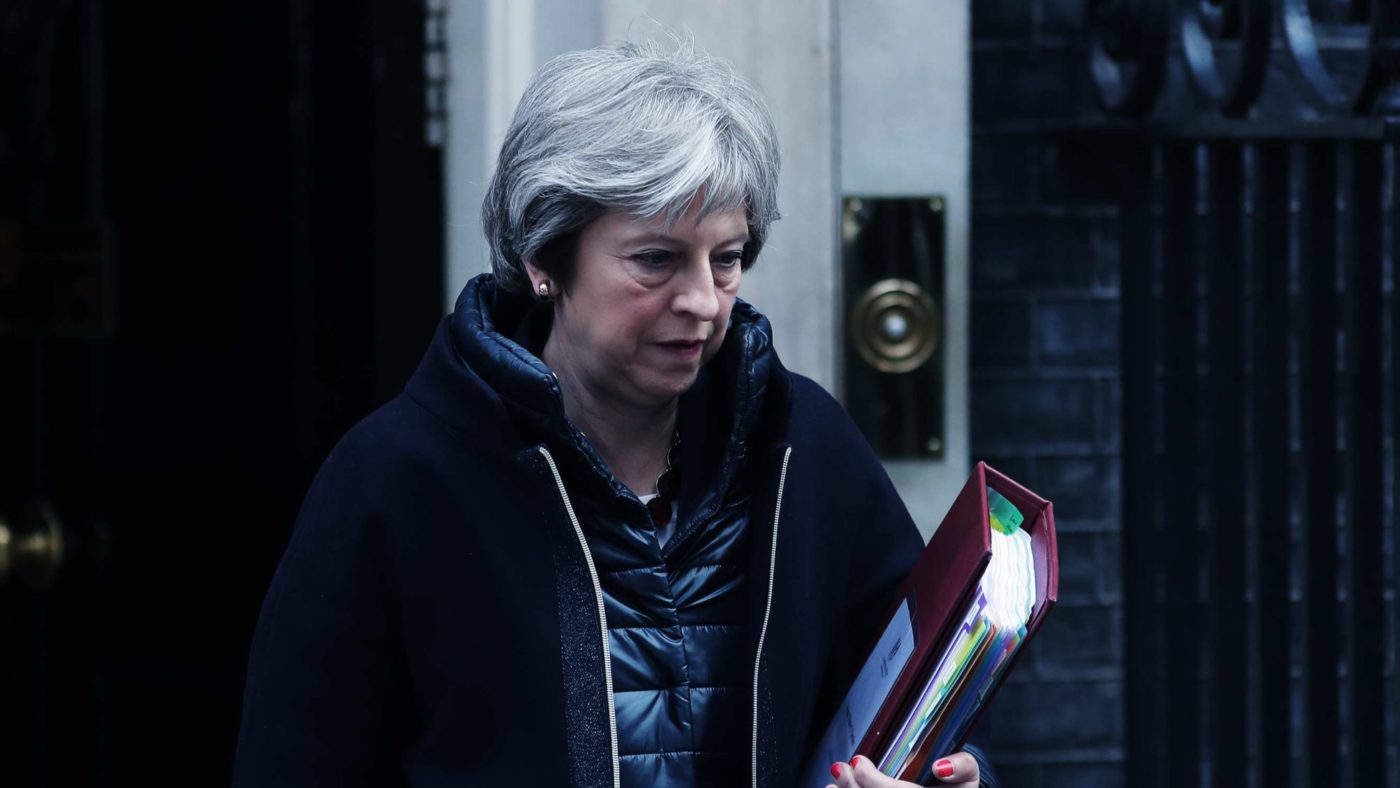A few weeks ago I wrote about how sudden swings in voting intention polls don’t happen very often. But amid the fallout from Chequers, now we have an example of such a move. There have so far been four published polls with fieldwork after the Boris Johnson and David Davis resignations.
The first of YouGov’s two surveys asked several questions, finding a core of around 40 per cent who thought that the Prime Minister’s plan would not be good for Britain; that it would not respect the result of the referendum; that it would make them unhappy if it went ahead; and that Theresa May is aiming for too soft a Brexit. Each of these was the most popular response (besides Don’t Know) by some margin.
YouGov’s second poll asked a three-way question as proposed by Justine Greening. Forty- two per cent chose Remain as their first preference, 15 per cent chose the deal and 28 per cent chose “no deal”, including 47 per cent of 2017 Conservative voters and 58 per cent of 2016 Leavers.
Opinium asked a question which included a summary of the Chequers deal, and found opinion split almost evenly between approve, disapprove and neutral. But the regular question on May’s handling of Brexit saw her net approval specifically slide from -16 to -31, suggesting a material change in opinion.
Elsewhere, Deltapoll asked an interesting four-way question, with a majority responding that the deal was either a “betrayal” (21 per cent) or an ill thought out compromise (32 per cent), compared with one-in-five who felt that “good compromise” (13 per cent) or “the best possible Brexit solution” (seven per cent) best described their view.
So the reaction to Chequers is strongly negative. Opinium’s Adam Drummond may have hit the nail on the head when he describes the deal’s unpopularity as “structural” – many Leavers see it as a sellout, Remainers dislike it because it’s Brexit.
As ever, much of the attention has been on topline voting intention figures. All four polls put Labour ahead, YouGov for the first time since March, and Opinium for the first time since December. The most recent data point from each of the three pollsters puts Labour four or five points ahead of the Tories.
At the same time, UKIP has surged from somewhere around the two per cent in took at last year’s general election to six to eight per cent. And unlike in 2015, when UKIP – contrary to the picture painted by the polls – took substantial votes from Labour, the Brexitisation of the Conservative vote post-referendum leaves the Tories far more electorally vulnerable to a UKIP revival now than in the past.
The Conservatives, then, seem to have a UKIP problem once again. An interesting theme to watch over the coming months and years will be the extent to which the Tories and Labour experience UKIP and Lib Dem problems. The “broad church” that parties on around 40 per cent of the vote require is not easy to sustain when it needs to be broad enough to accommodate every Brexit position from Remain to “no deal” Leave.
There are some technical factors that might suggest at least a degree of caution on the UKIP revival narrative. In the 2010 to 2015 parliament, UKIP often spiked in the polls when events were favourable, but then gradually dropped back again. And polls implicitly assume that Great Britain-wide parties stand in every constituency, which isn’t certain to be the case. Meanwhile, some of the voters lost by the Tories have gone to the “don’t know” column, which is less of the problem than if they had been lost to Labour or UKIP.
On the other hand, there may well be further pain to come for the Conservatives before (and perhaps after) any deal is acceptable to all sides, including the EU, can be struck. And the change compared with a few weeks ago when the Tories were leading by the sort of margin they now trail by is both big and sudden, and may have further to run if there are secondary effects, such as a “government meltdown” narrative developing and cutting through.
So we can say with confidence that there has been a clear shift in the polls – one that is almost certainly not “margin of error” noise. The next question is how durable that shift is. The test is whether a poll move is both real and sustained. Polls sometimes move suddenly because respondents with one viewpoint become more enthusiastic (or angry) than others, and therefore more likely to take part – in other words, a move that is not real.
However that feels unlikely on this occasion, because the move is quite consistent across polls. Assuming that move is genuine, will it be a lasting shift? That is harder to answer at this stage. Only time (and more data) will tell, but Tories would be well advised not to assume that their lost voters will simply return to the fold.
For now, the polls will make difficult reading for Theresa May.


